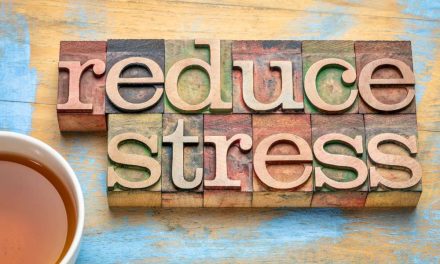One in three Canadians feel guilty or ashamed years after a divorce. Studies show this. These feelings can last long after the divorce is finalized. They affect how we see ourselves and our future.
My own journey taught me healing isn’t about erasing these feelings. It’s about learning to live with them. Expert advice helps us do this.

Overcoming Guilt and Shame After Divorce: Expert Advice
I’ve worked with therapists and read research for years. I wanted to understand why divorce leaves such deep marks. Shame and guilt are not weaknesses. They show we’re ready to grow.
This article shares expert advice to help you move past self-blame. It helps you rebuild self-compassion.
Key Takeaways
- Expert advice offers tools to reframe guilt as a stepping stone, not a setback.
- Over 60% of divorced individuals in Canada find healing through professional guidance.
- Small daily actions, backed by expert strategies, can shift long-term emotional patterns.
- Self-forgiveness is a skill, not an event, according to leading Canadian counselors.
- Community support and personalized expert advice accelerate recovery.
Understanding the Emotional Impact of Divorce
Divorce is a big change that shakes your emotions. It can make you feel lost and unsure about your future. Divorce recovery tips say it’s key to face these feelings openly. Sharing your story can help you feel less alone.
Recognising the Depth of Emotional Pain
Many people feel sad, confused, or ashamed after a divorce. These feelings are signs that healing is on the way. Journaling is a good way to track your emotions, as many divorce recovery tips suggest.
Dr. Emily Carter, a marriage therapist, says grief after divorce is like mourning a lost future. Even if the divorce was amicable, it can still hurt deeply.
“Emotions after divorce aren’t linear. Some days feel manageable; others don’t. That’s normal.” — Dr. Carter
How Divorce Reshapes Our Emotional Landscape
Divorce changes us in big ways. We learn to see ourselves differently and trust others again. Here are some common changes:
- Loss of shared routines, creating a sense of disorientation
- Re-evaluating relationships with family and friends
- Rediscovering personal goals and passions
Practical divorce recovery tips include joining support groups or therapy. Small steps, like daily mindfulness, help you feel more stable. Healing is about moving forward, not forgetting the past.
Identifying Root Causes of Guilt and Shame
Understanding where guilt and shame come from is crucial for healing after divorce. My journey showed me these feelings stem from specific experiences and patterns. Recognizing these roots helps us move from confusion to clarity.
Exploring Personal Triggers
Triggers are like hidden switches that turn on old emotions. For me, certain moments, like holidays or reminders of shared memories, triggered shame. By tracking these moments, we find patterns. Ask yourself: What situations make me feel this way?
- Arguments that replay in my mind
- Financial decisions I regret
- Places linked to the marriage
Unpacking Past Relationships
Past relationship dynamics shape our current emotions. Reflecting on how conflicts were handled or blame was assigned can reveal unresolved issues. A therapist once said, “Guilt and shame thrive in secrecy—confronting them starts with honesty.”
“Past relationships leave imprints on our self-worth. Examining these imprints is the first step toward release.”
These steps are hard, but they’re essential. Every trigger or pattern we uncover brings us closer to healing. Healing starts when we name what hurts us.
Overcoming Guilt and Shame After Divorce: Expert Advice
My healing started with facing my feelings without shame. I saw guilt and shame as obstacles to moving on. Here’s how I changed my pain into progress:
Personal Insights from My Journey
I began by going to therapy. There, I learned to not let past mistakes define me. Writing in a journal helped me see patterns and celebrate wins. A therapist’s words stuck with me: “Healing isn’t about erasing the past, but rewriting your relationship with it.”
Practical Steps to Begin Healing
Here are steps that helped me on my healing journey:
- Practice self-compassion daily: Be kind to yourself like you would to a friend.
- Create a support network: Surround yourself with people who care and understand.
- Set boundaries: Keep your mind safe by avoiding toxic things and people.
These small steps helped me move forward. Healing after divorce is a journey, not a race. Focus on making progress, not being perfect.
Personal Reflections on Emotional Wellness
Emotional wellness after divorce isn’t about forgetting pain. It’s about learning to live with it. I’ve learned that being kind to myself is crucial. It helps me accept my feelings without feeling bad about them.
Every day, I tell myself that healing is a slow process. It’s about taking small steps towards feeling better.
Building emotional wellness takes daily work. Activities like journaling and mindfulness help me stay in touch with my feelings. Here are some small steps that help:
- Set aside 10 minutes daily for quiet reflection.
- Write down three positive moments each day to shift focus from regret.
- Join online or local support groups to share experiences without judgment.
These steps are not quick fixes. They are part of a longer journey. Every small action makes me stronger. I’ve learned that emotional wellness grows with patience.
Celebrate every small victory. Healing is personal and there’s no right or wrong way to feel. What’s important is showing up for yourself, day by day.
Building Resilience Through Self-Forgiveness
Starting my journey after separation was tough. I learned self-forgiveness is a daily choice. I began treating myself with kindness, just like I would a friend.
Nurturing Compassion for Yourself
Start by not judging yourself for past mistakes. Try these steps:
- Write a letter to yourself forgiving past decisions.
- Practice daily affirmations like, “I am learning and growing.”
- Set boundaries to protect your mental space.
Learning to Let Go of Regret
“Regret holds us back when we cling to it as truth.”
This quote changed my view. I stopped being hard on myself. Instead, I ask, “What can I learn from this?”
Letting go means choosing peace over blame. Self-forgiveness is a journey. Small acts of kindness today help you grow tomorrow. Every step is progress, even if it’s slow.
Navigating Divorce Recovery with Professional Guidance

moving on from guilt and shame through therapy
Recovery after divorce isn’t a solo journey. Professional help can be a big support when moving on from guilt and shame seems hard. Therapy gives you tools to deal with feelings that self-help might miss.
When to Seek Expert Help
Here are signs you might need counseling:
- Feeling stuck in cycles of self-blame
- Difficulty reconnecting with loved ones
- Physical symptoms like chronic fatigue or insomnia
Integrating Therapy and Self-Help Strategies
Using both therapy and daily practices can speed up your healing. Here’s how to mix them:
- Go to therapy to work on deeper issues.
- Use journaling or meditation between sessions to keep learning.
- Join support groups to meet others healing from divorce.
Therapists help you see guilt as a normal feeling, not a permanent label. They teach you steps like forgiveness exercises or how to talk better. Even small changes can help you move on from shame and build self-worth.
“Healing isn’t about erasing pain—it’s about learning to carry it differently.”
Reaching out for help isn’t weak. It’s a strong step towards healing your emotions. Canadian resources like CPA’s Find a Psychologist tool help find local support. Every therapy session brings you closer to letting go of guilt and finding strength again.
Exploring Coping Strategies for Negative Emotions
Managing emotions after divorce takes time and effort. It’s about self-care and professional guidance for divorce recovery. I learned that small steps lead to big changes. Here’s what I found helpful:
- Write it out: Journaling tracks your thoughts and feelings. I write for 10 minutes each day without judging myself.
- Move your body: Exercise relieves stress. A 20-minute walk or yoga session changes my mood and energy.
- Set tiny goals: Doing small tasks, like cooking or organizing, helps me feel in control.
- Connect intentionally: I make weekly calls to friends and family. It keeps me connected and not alone.
- Seek expert support: Therapists help me with divorce recovery. They give me tools for my situation.
Healing is not always straight. But with these steps and professional guidance for divorce recovery, I’m growing. Remember, healing is one day at a time. Focus on today’s tasks and let tomorrow take care of itself.
Developing a Mindful Approach to Healing
Mindfulness is more than a trend. It’s a lifeline for those dealing with overcoming negative emotions after divorce. It helps you stay in the present. This way, you avoid regrets of the past and worries about the future.
The Role of Mindfulness in Recovery
Therapists often suggest mindfulness to change how we handle pain. It helps us accept our feelings without judgment. This stops them from taking over our lives.
A study in Journal of Counseling Psychology found mindfulness cuts stress by 30% after divorce. Here’s how it works:
“Mindfulness isn’t about fixing pain—it’s about learning to sit with it, so it doesn’t define you.”
Daily Practices to Stay Present
Begin with small steps. Try these daily:
- 5-minute breath awareness: Focus on inhaling/exhaling while noticing thoughts without clinging to them.
- Gratitude journaling: Write three things that anchored you in the moment, like a sunset or a comforting chat.
- Body scans: Lie down and mentally scan from toes to head, releasing tension in each part.
My journey showed me mindfulness isn’t about erasing pain. It’s about healing. Small, consistent efforts build strength. Let your breath remind you: today is a chance to grow, not dwell.
Integrating Expert Advice with Personal Experience
Expert advice is best when mixed with your own story. My journey showed me that healing plans must fit you. Let’s see how to mix expert tips with your own path.
Combining Professional Tips with My Story
Therapists say journaling helps track feelings. For me, writing every day showed patterns I missed. Here’s how I made their tips work for me:
- Start small: I tried 10-minute meditation instead of an hour.
- Adjust goals: I met with a counselor weekly, not daily.

expert advice for navigating post-divorce emotions
Adapting Advice to Fit Your Life
Every divorce recovery is unique. Ask yourself: Does this advice feel right for me? When group therapy felt too much, I chose one-on-one sessions. Being flexible is key. Here’s a simple guide:
- Find what you like in advice.
- Make steps fit your pace.
Remember, expert advice is a tool, not a rule. My big moment came when I mixed therapy with hobbies like hiking. This balance helped me. Your journey is yours to create, step by step.
Embracing Positive Change and New Beginnings
Every ending is a start to something new. After my divorce, I learned change is not just loss. It’s a chance to start over with purpose. Letting go of the past means making room for the future.
Here’s how I started moving forward:
- Small steps matter: I started with little things like yoga or trying new recipes. Each small win made me feel stronger.
- Reconnect with passions: I picked up old hobbies like painting and hiking. They showed me I still have a lot to offer.
- Reach out: I joined local groups for support. Sharing with others made me feel like I’m not alone.
Forgiving myself and my ex wasn’t about forgetting. It was about freeing myself from the past. Now, I ask myself: What do I want my life to be like in a year? What choices can I make today to get there?
Change is hard, but it’s where we grow. Celebrate every step forward, not just the big ones. Trying new things brings us closer to a life that feels truly ours.
Cultivating a Supportive Network in Post-Divorce Life
Starting over after a divorce is brave. But you don’t have to face it alone. A good support system can make you stronger. Here’s how to build connections that matter.
Building Meaningful Relationships
Call up old friends or family you’ve lost touch with. Even a weekly coffee or a phone call can help. Meaningful relationships need regular effort, not to be perfect. Try these steps:
- Join groups based on your interests (book clubs, fitness classes).
- Go to local workshops or divorce recovery meetups.
- Help out by volunteering for things you care about.
Finding Community and Connection
Community is more than just events. It’s about feeling like you belong. Look for places where people share experiences. Think about:
- Online forums like Divorce360 or local Facebook groups.
- Support groups led by therapists or faith-based groups.
- Classes for art or cooking to meet others with similar interests.
“Alone we can do so little; together we can do so much.” – Helen Keller
Begin with small steps. One conversation or group meeting can lead to new friendships. Your journey is worth having people who support you.
Reflections and Next Steps for Healing
I’ve faced the hard parts of dealing with guilt and shame after divorce. Healing is a journey, not a finish line. Every step, like mindfulness and therapy, makes us stronger. Remember, being kind to yourself is not selfish; it’s key.
Canadian groups like the Canadian Mental Health Association help a lot. Local support groups also offer a place to connect. They make the journey easier.
Every day, think about the small wins. Writing in a journal or meditating helps keep you on track. If you doubt yourself, go back to advice from experts or books like “The Mindful Way Through Depression”. Healing is not always easy, but it’s okay to have tough days.
Don’t be afraid to talk to friends or join online groups. Look for workshops on healing after divorce. Doing things that make you feel good, like yoga or art, is important. Sites like DivorceCare.ca help people who are going through the same thing.
Believe in yourself and keep moving. Your story is about growing and overcoming, not just past pain. Every breath is a chance for a new start. Keep going, one step at a time.
FAQ
What are some effective coping strategies for guilt and shame after a divorce?
Effective strategies include being kind to yourself and writing down your feelings. Also, getting help from professionals and practicing mindfulness can help. These steps can help you feel better and move forward.
How can I begin my healing journey after divorce?
To start healing, first accept your feelings. Give yourself time to grieve. Getting help from experts like therapists can also be very helpful.
What is the role of self-forgiveness in moving on after separation?
Self-forgiveness is key to letting go of guilt and shame. By being kind to yourself, you can move forward. This helps you welcome positive changes in your life.
When should I consider seeking professional help for divorce recovery?
Seek help if your feelings are too much to handle. If they’re affecting your daily life, it’s time to get help. Experts can offer support and strategies just for you.
How can I cultivate a supportive network in my post-divorce life?
To build a supportive network, talk to friends and family. Joining groups can also help. These connections are vital for overcoming divorce challenges.
What mindfulness practices can aid in my recovery process after divorce?
Mindfulness practices like meditation and deep breathing can help. Spending time in nature also aids recovery. These habits keep you calm and present.
How can I integrate expert advice with my personal experiences?
Integrate advice by making it fit your life. Think about your journey and mix it with expert tips. This way, you create a healing plan that’s just for you.
What are the first steps towards embracing positive change after divorce?
First, see the future as a chance to grow. Set small goals and try new things. This mindset helps you welcome new beginnings and stay positive.



